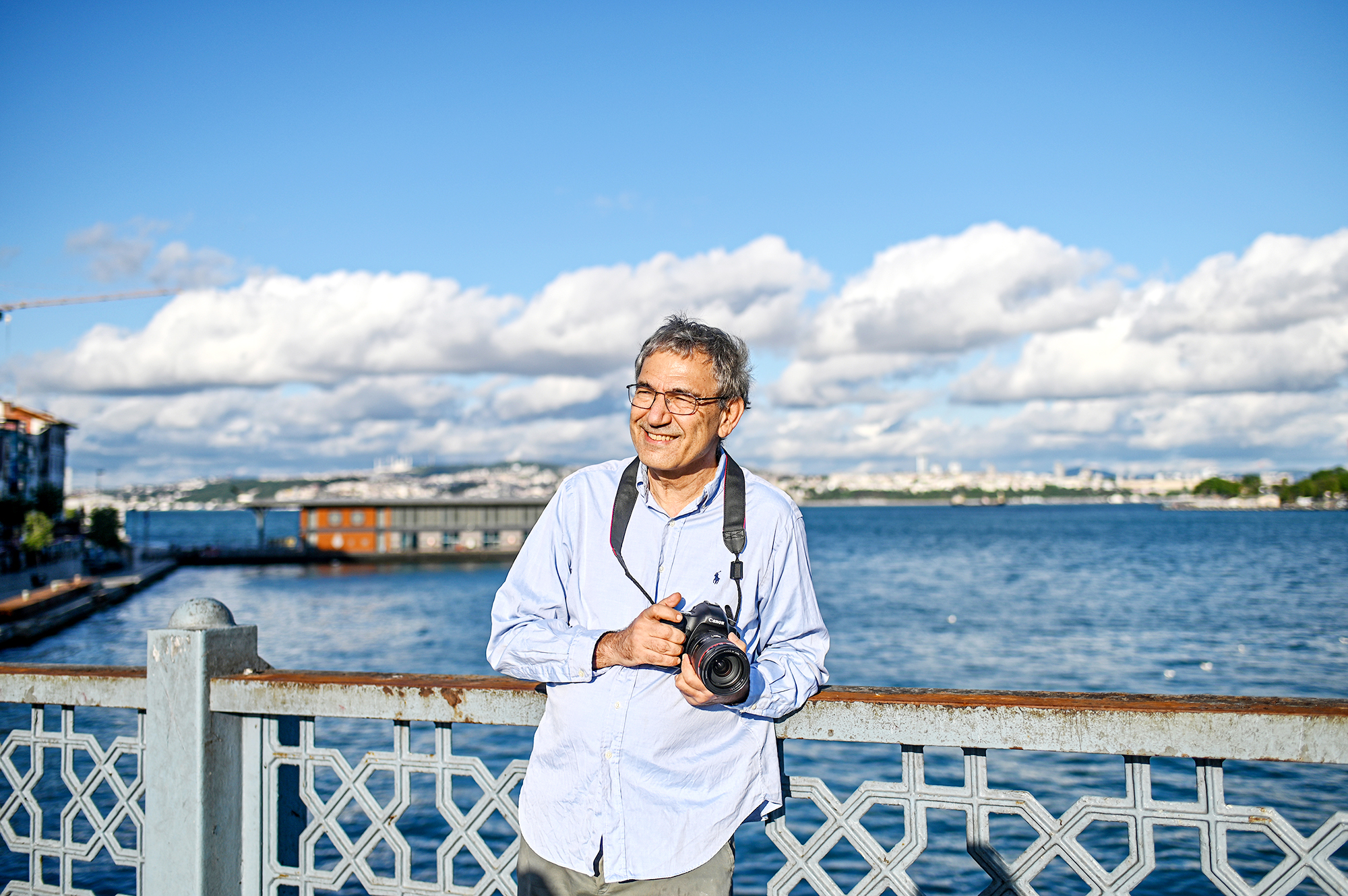Have you ever been obsessed with anything or anyone?
In the pages of Orhan Pamuk's The Museum of Innocence, the history of love lies in the small everyday things like cigarette butts, movie tickets, barrettes, discarded lighters, and dog figurines
By AA Patawaran
At A Glance
- Even on our worst days, our reason does not stop speaking to us. Even if unequal to the power of our passion, it continues to whisper with merciless candor that our actions will serve no purpose but to heighten our love, and therefore our pain. —Orhan Pamuk, <i>The Museum of Innocence</i>
- <br>

In the flourish of the movies, after I turned the last page of The Museum of Innocence by 2006 Nobel Peace Prize for Literature awardee Orhan Pamuk, I clutched the book to my chest.
The last sentence just turned everything around, like the light at the end of a long, dark tunnel.
My copy is about 729 pages, typesize 9, maybe smaller, not sure, but in fonts so small I found it hard to read the pages. I read the bulk of it during the hard lockdowns of the pandemic and I have no doubt it messed with my volatile state, cooped up at home as I was and entertaining all these possibilities that the world—at least my world—was coming to an end. And yet, masochistic as it may sound, I had room in my heart for more pain, disappointment, and a passion unfulfilled.
The Museum of Innocence is a love story against a broad sweep of Istanbul history, culture, and small everyday things like cigarette butts, movie tickets, barrettes, discarded lighters, and dog figurines.
The New York Times’ review is entitled “Lolita on the Bosphorus,” though I find it more like Proust than Nabokov. I took my sweetest time savoring the sentences, having finished up to 10 other books, including a rereading of Vladimir Nabokov’s Lolita, between when I started it and when I finished it.
Of these pages, about 500 are devoted to obsession, the protagonist Kemal, an affluent man, who falls for the shop girl Fusun and spends eight years having dinner with her family—and her husband.

Those eight, grueling years he spent examining her closely through the sides of his eyes, committing every gesture and expression to memory, longing for skin he could not touch, alert for every whiff of her scent.
Though it might seem such a waste of time, by so doing, just like the unnamed protagonist in Marcel Proust’s Remembrance of Things Past, he made a record of time, a map of Istanbul streets and scenery, a chronicle of events that shaped Turkey and its people, and, later in the novel, a grand tour of 5,723 museums around the world, none of them big like the Louvre or the Tate, all of them small, underrated museums like the Museum Berggruen in Berlin or Musée de l’Atelier de Paul Cézanne in Aix-en-Provence.
Coming to the end of this book was like walking away from years of unrequited love or coming to terms with an ill-fated, life-absorbing passion, knowing in some bizarre way that none of it, not a minute, not a second, was wasted.